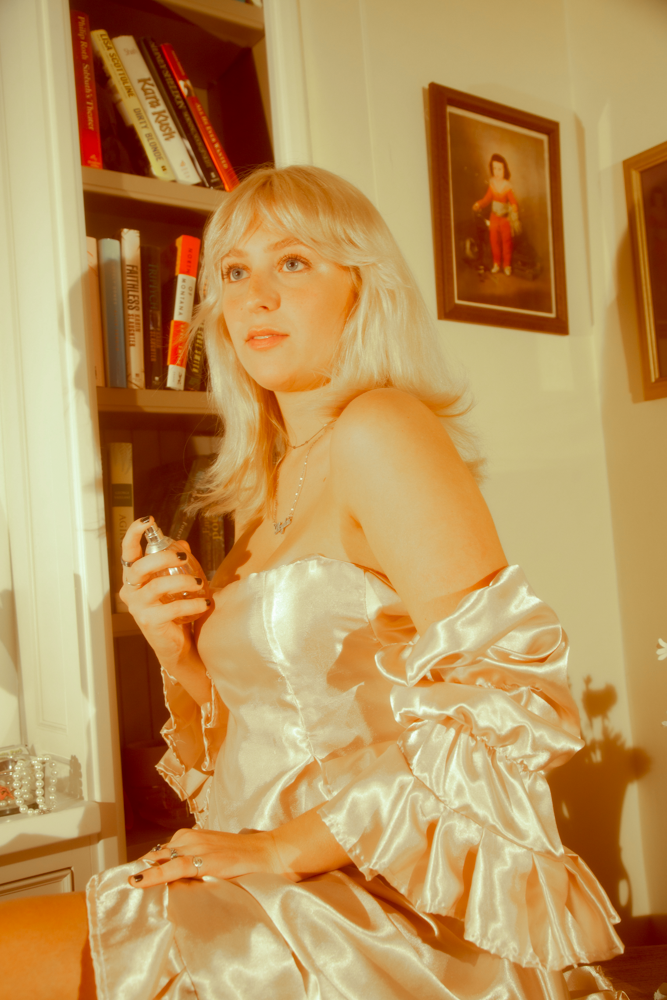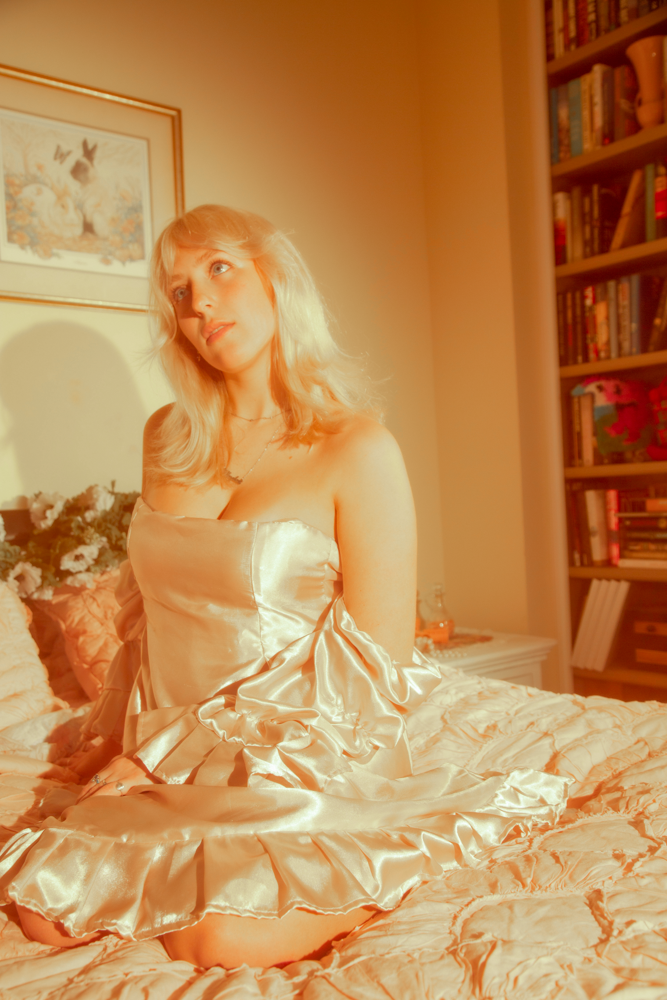As we get closer to Hallows eve, one is reminded to watch our favorite classic popcorn horror movies; Scream, Friday the 13th, and Halloween. One questions what these films mean? What are the archetypes? And how can they relate to classical literature and our modern-day?

In ‘The Final Girl’ or the ‘Token Virgin,’ the girl usually lives in a slasher flick (Jamie Lee Curtis in Halloween 1978 and Neve Campbell in Scream 1996). These female characters survive their movies, unlike their more promiscuous counterparts within their respective films. Scream inspired me in particular because it critiques and subverts the tropes of classic horror movies. Furthermore, I wanted to showcase a 2021 ‘Final Girl’, no longer shall we be subjected to stereotypical conservative attitudes to sexuality. No longer shall a ‘Final Girl’ be punished for being sexually liberated in any manner. Where do these tropes originate from? Is it religion? The Madonna and the Magdalene? How has this trope changed?
One can turn and be inspired by this trope as well as classic literature. Perhaps due to streaming services, Little Women can be combined with Halloween. Could Lizzie Bennet win over Mr. Darcy while fighting off Jason Vorhees?! Would Jane Eyre survive Scream, or would her marriage to Mr. Rochester be enough for Ghostface to punish her?
Horror films, as well as Romance novels, have meaning. The ‘Final Girl’ of the 21st century is a critique of our own fears on sexual liberation and the fears we can have due to our cultural background.
Words and Garment by Verity Ibbotson.
Photographed by Daniela Guevara.
Modelled by Skylar Piela.
Production design by Karsen Ross.




